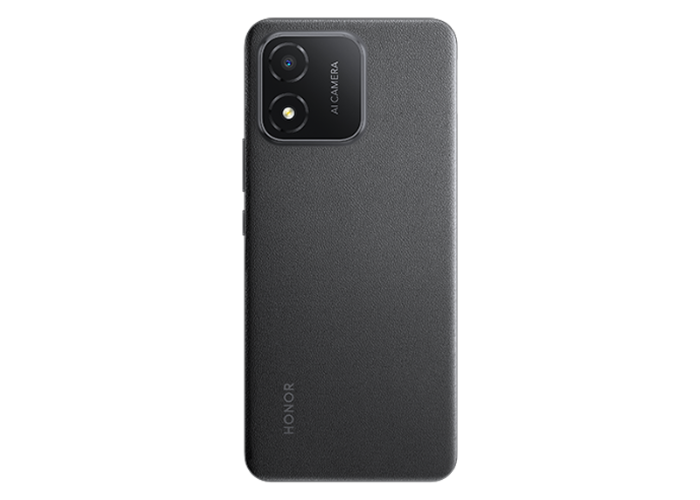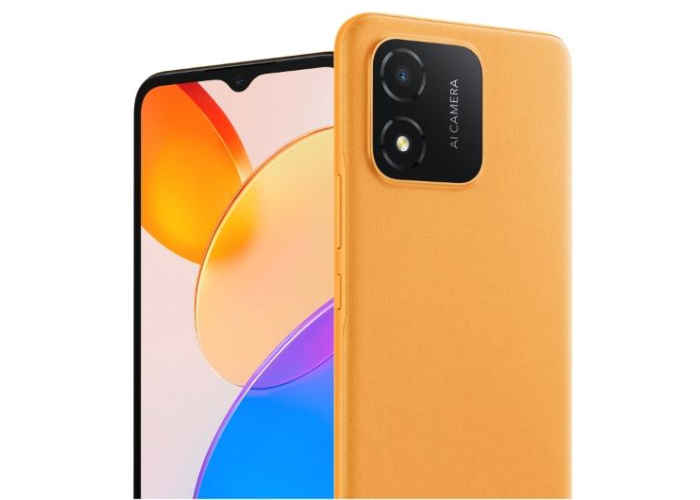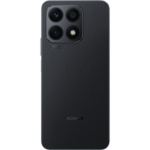Smartphones have become an integral part of our daily lives, and their design and ergonomics have evolved significantly over the years to enhance user comfort and convenience. From the early days of bulky and rigid devices to the sleek and ergonomic smartphones of today, manufacturers have made significant strides in optimizing the user experience. In this article, we will explore the evolution of smartphone ergonomics and the efforts made to prioritize comfort and convenience for users.
1. From Brick-Like Devices to Sleek Designs
In the early days of smartphones, devices were often bulky and brick-like in shape, lacking the comfort and ease of use we have come to expect today. However, as technology advanced, manufacturers began to prioritize sleek and slim designs that fit comfortably in the hand and pocket.
2. Curved Edges and Bezels
The introduction of curved edges and reduced bezels has been a game-changer in smartphone ergonomics. Curved edges make the phone feel more natural in the hand, reducing the strain on the fingers and making it easier to hold for extended periods.
3. One-Handed Use
The shift towards larger screens brought challenges in terms of one-handed use. To address this, manufacturers have introduced features like one-handed mode and gesture navigation, making it easier for users to navigate their devices with a single hand.
4. Placement of Buttons and Controls
The placement of buttons and controls on smartphones has been refined over the years to enhance ease of use. The volume and power buttons are typically positioned within reach of the fingers, allowing users to access them effortlessly.
5. Fingerprint and Face Recognition
Smartphone ergonomics have been revolutionized by the integration of fingerprint sensors and facial recognition technology. These features not only enhance security but also eliminate the need for awkward and inconvenient password inputs.
6. Focus on Grip and Texture

Manufacturers have paid attention to the grip and texture of smartphone bodies like HONOR X5 using materials that provide a secure and comfortable hold. Texture options, such as matte finishes and textured surfaces, reduce the risk of accidental slips.
7. Weight Distribution
The distribution of weight in a smartphone is critical for comfort during extended use. Manufacturers carefully design the internal components to achieve balanced weight distribution, reducing strain on the hand and wrist.
8. User-Centric Design
User-centric design principles have played a pivotal role in shaping smartphone ergonomics. By considering how users hold and interact with their devices, manufacturers have crafted more intuitive and ergonomic designs.
9. Water and Dust Resistance
The integration of water and dust resistance has not only improved the durability of smartphones but also contributed to user comfort. Users can use their devices with peace of mind, knowing they are protected from accidental spills and environmental factors.
10. Accessibility Features
Smartphone manufacturers have also made significant strides in incorporating accessibility features to cater to users with diverse needs. These features, such as gesture navigation, voice control, and haptic feedback, make smartphones more user-friendly and convenient for all.
Conclusion
The evolution of smartphone ergonomics showcases the dedication of manufacturers to prioritize user comfort and convenience. From sleek designs and curved edges to intuitive button placements and accessible features, every aspect of smartphone design has been refined to enhance the user experience. Ultimately, the continuous pursuit of ergonomic excellence will shape the future of smartphones, making them even more comfortable and convenient companions in our daily lives.







